Day 32 - The Chūgoku 33 Temple Kannon Pilgrimage, Japan - Ichinomata Onsen to Tawarayama Onsen in Nagato, a walk through the mountains
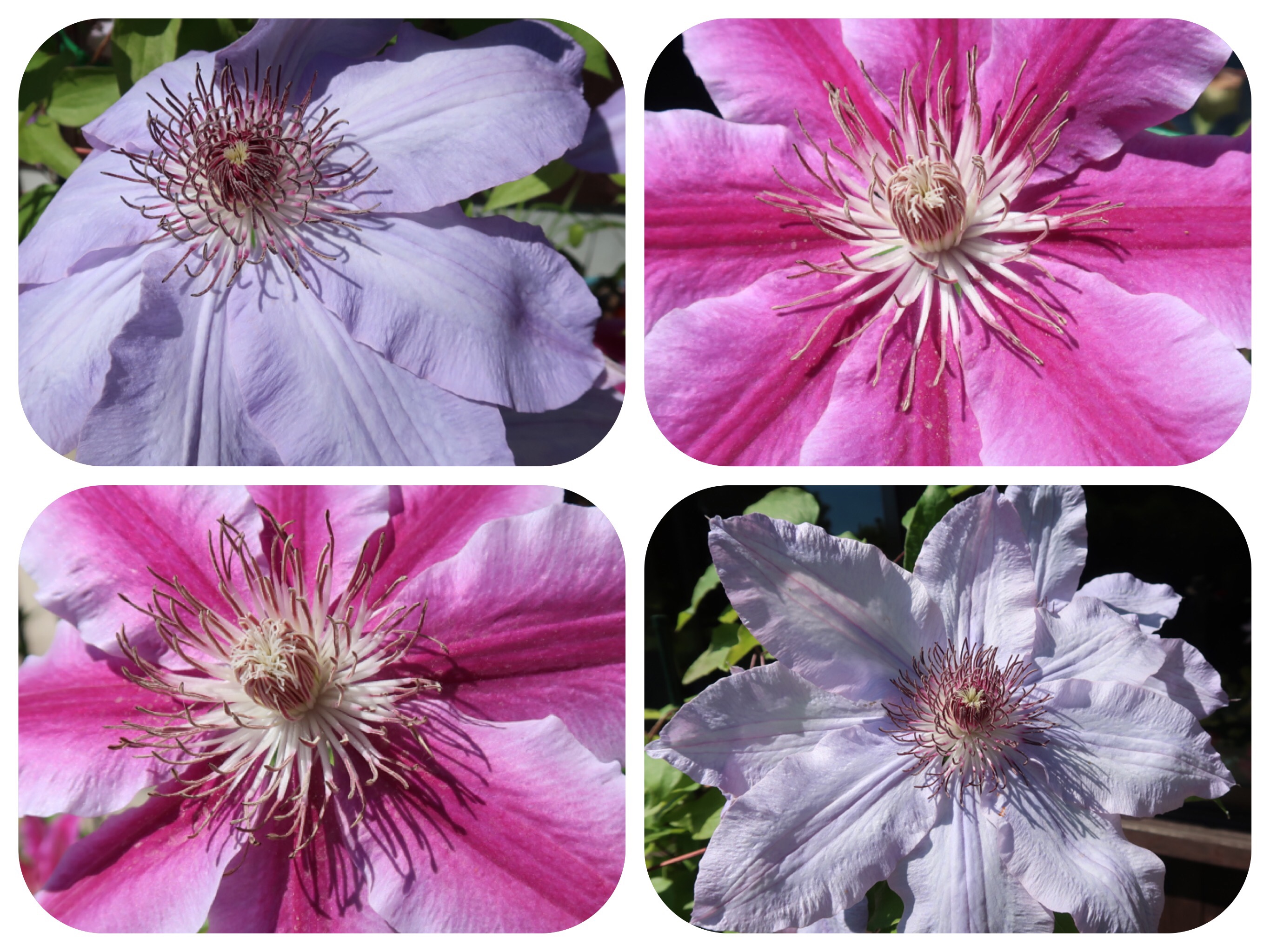


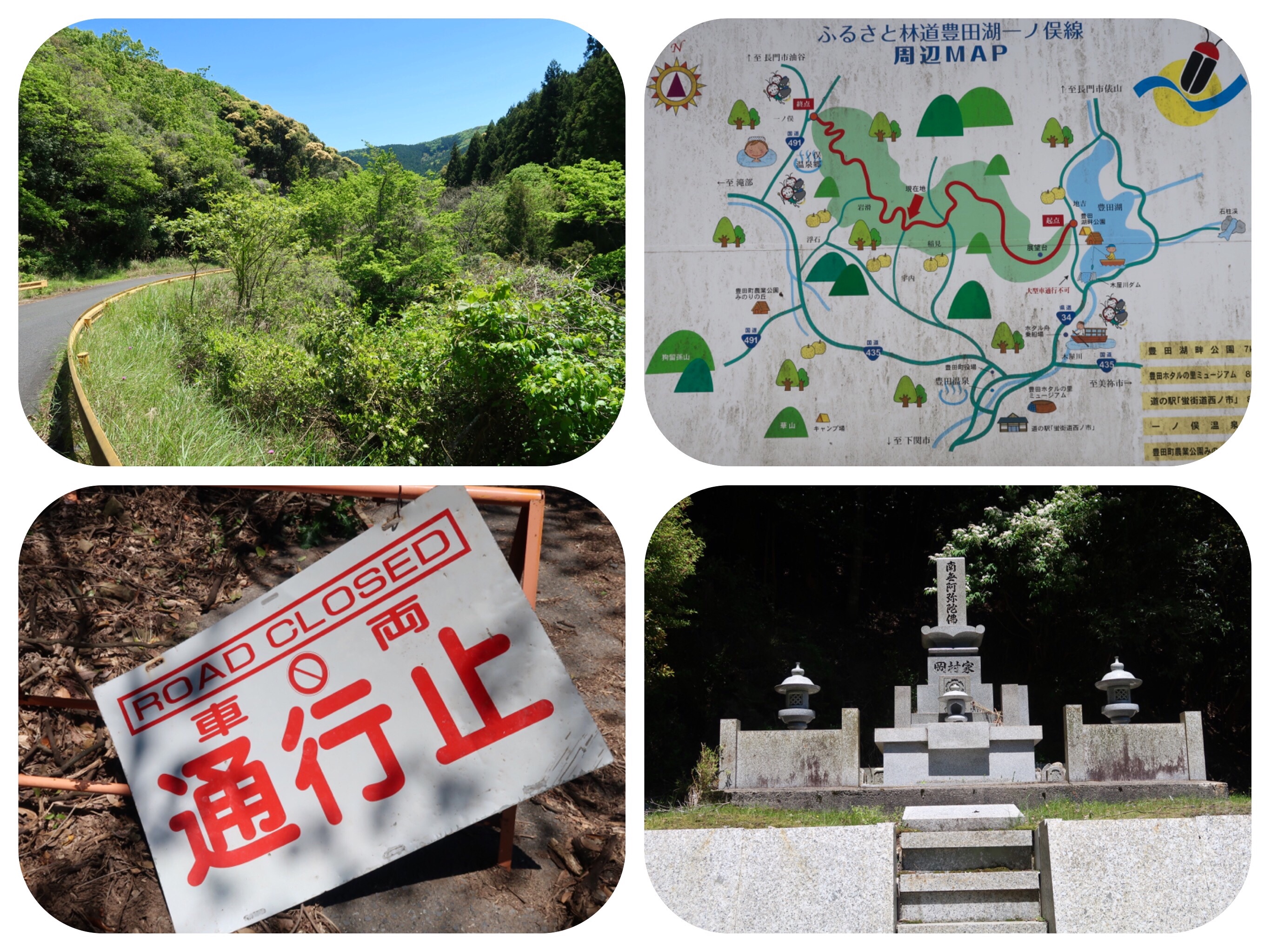


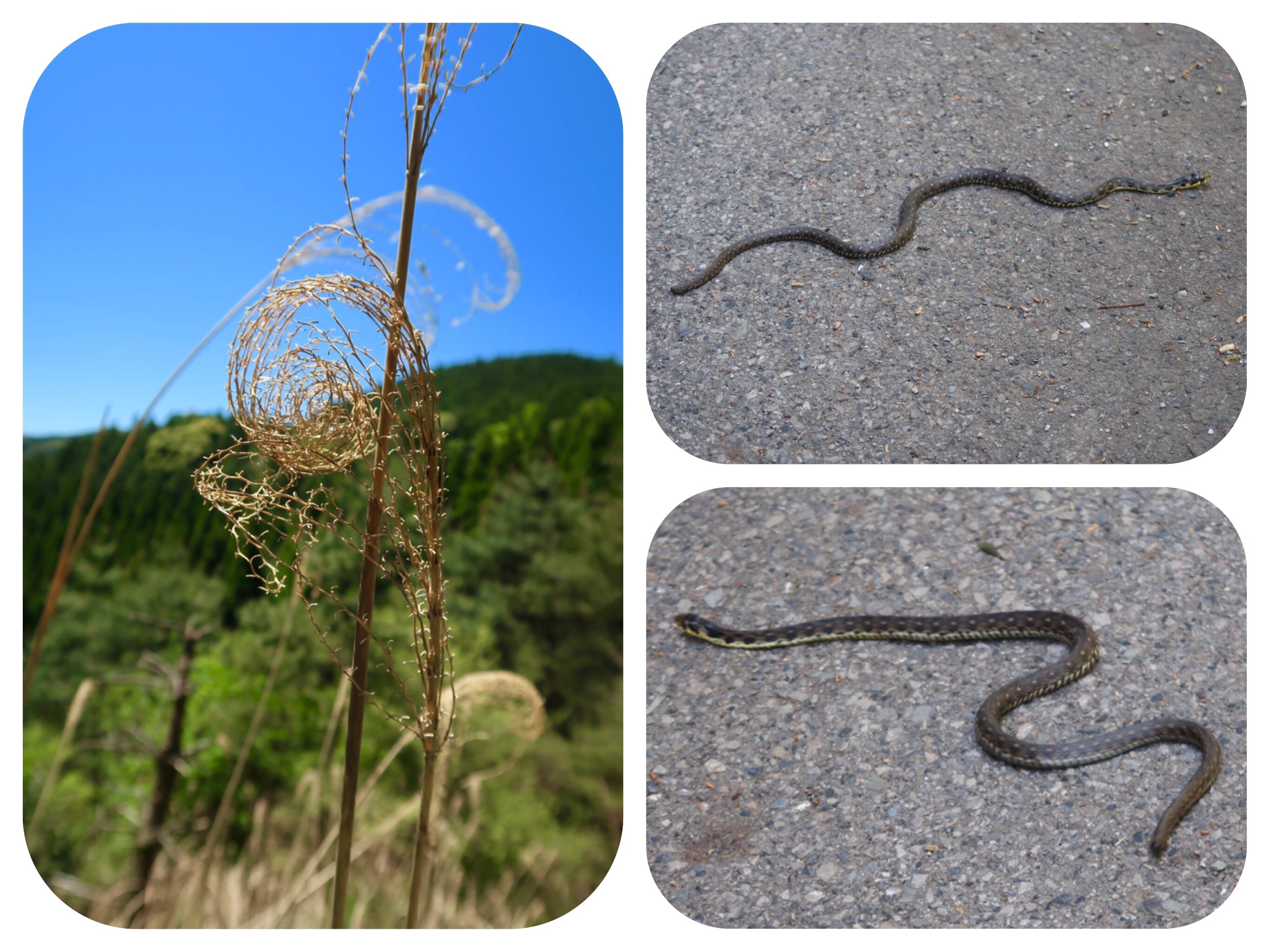
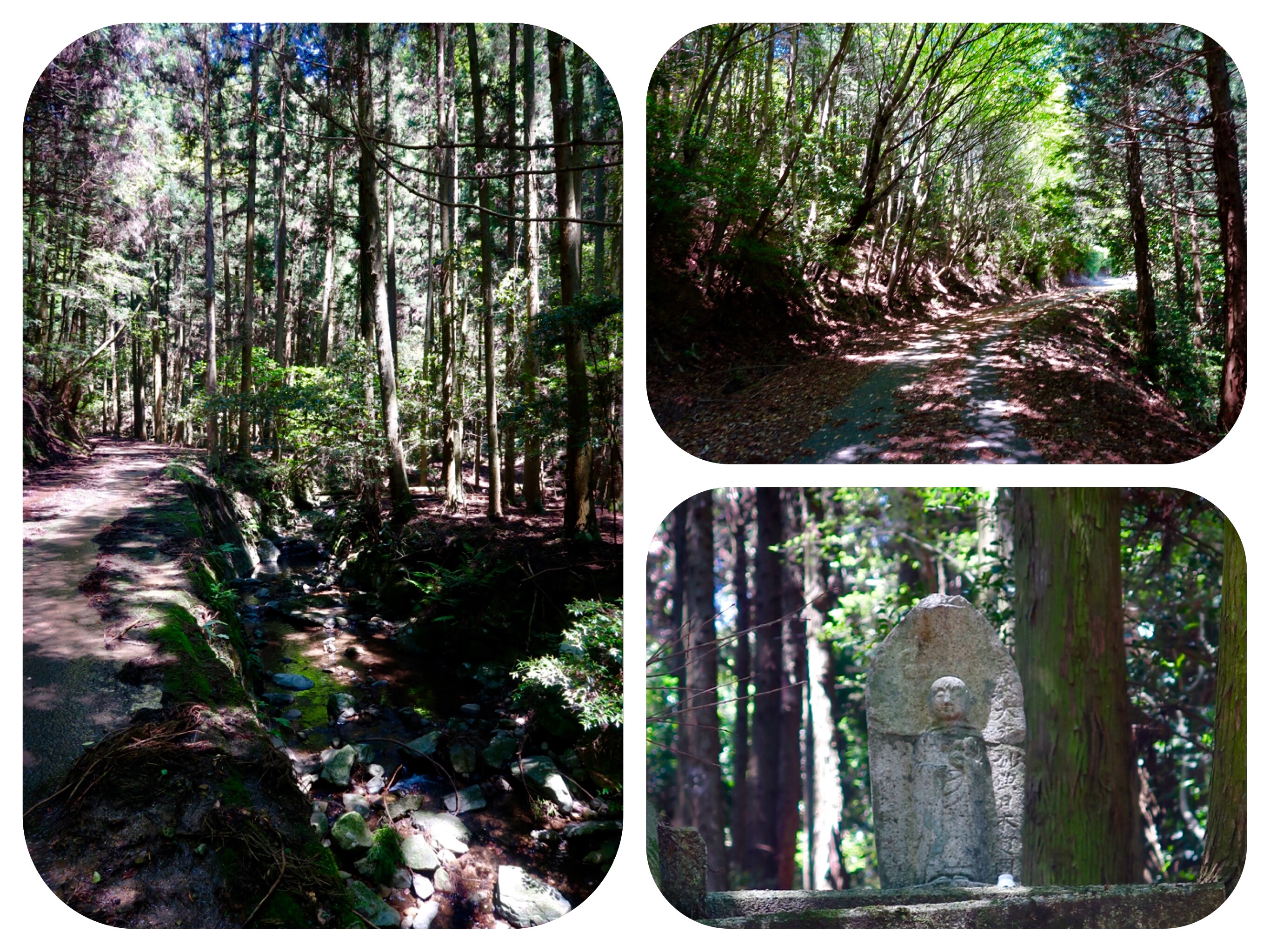
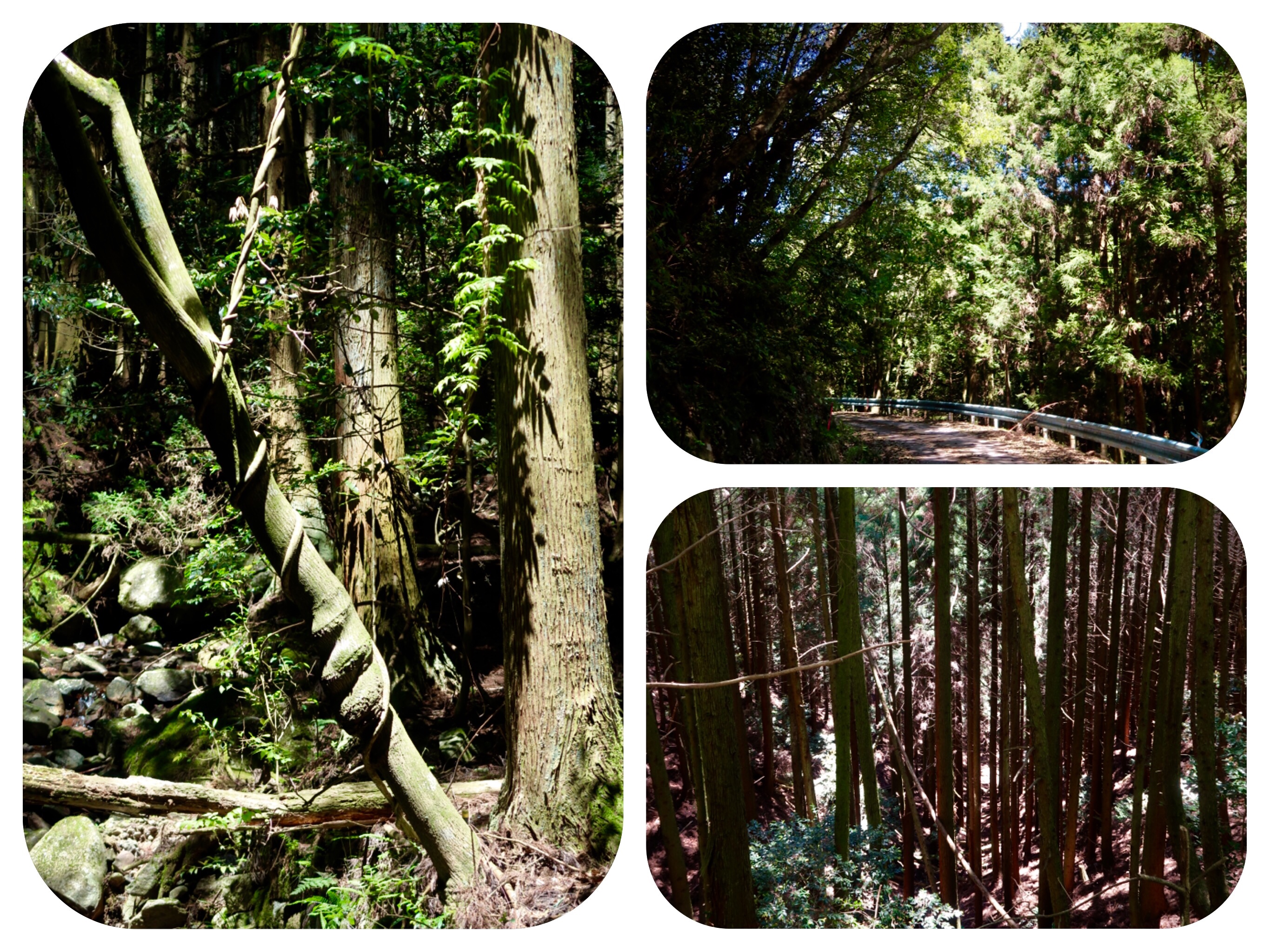
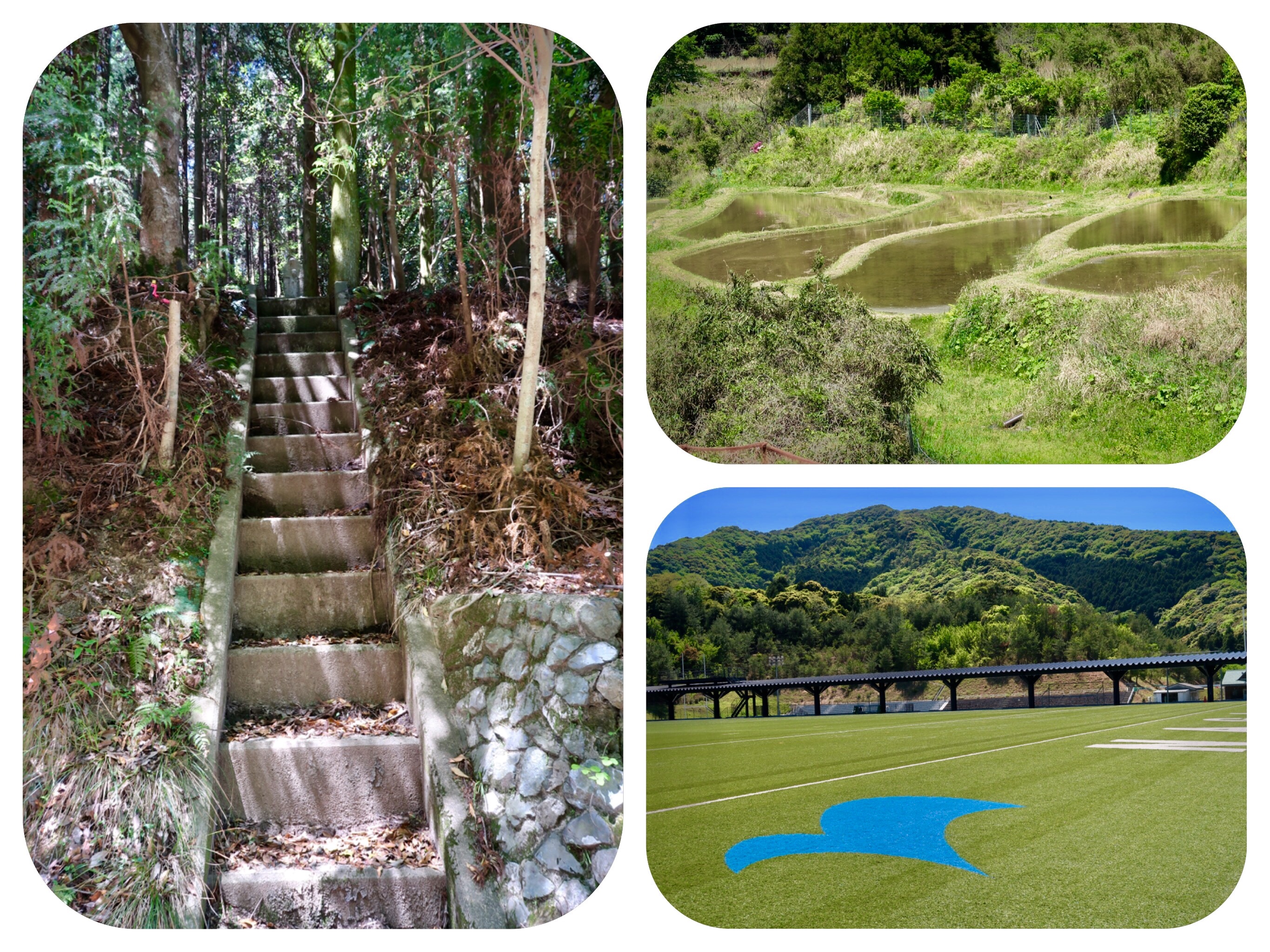


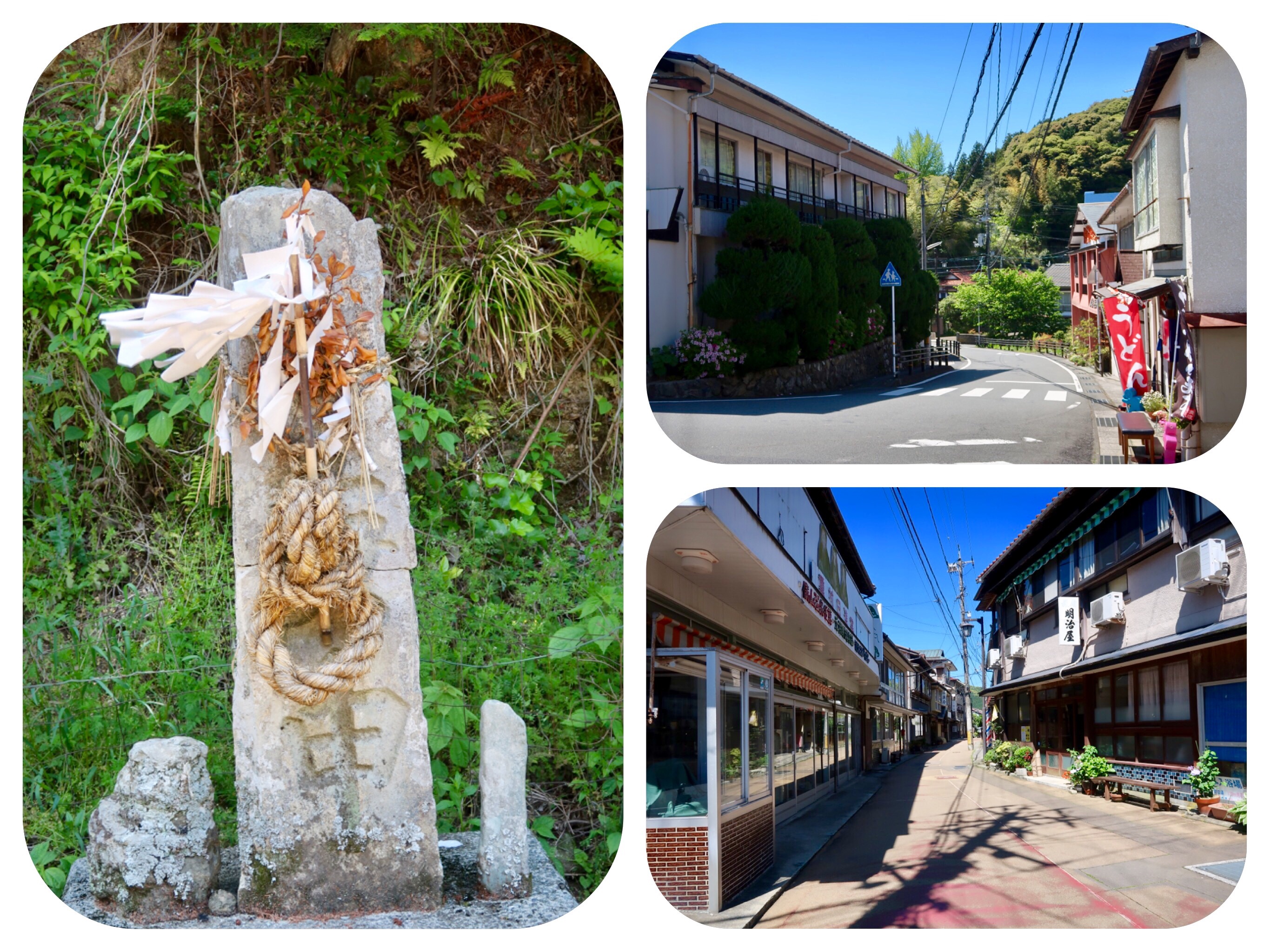



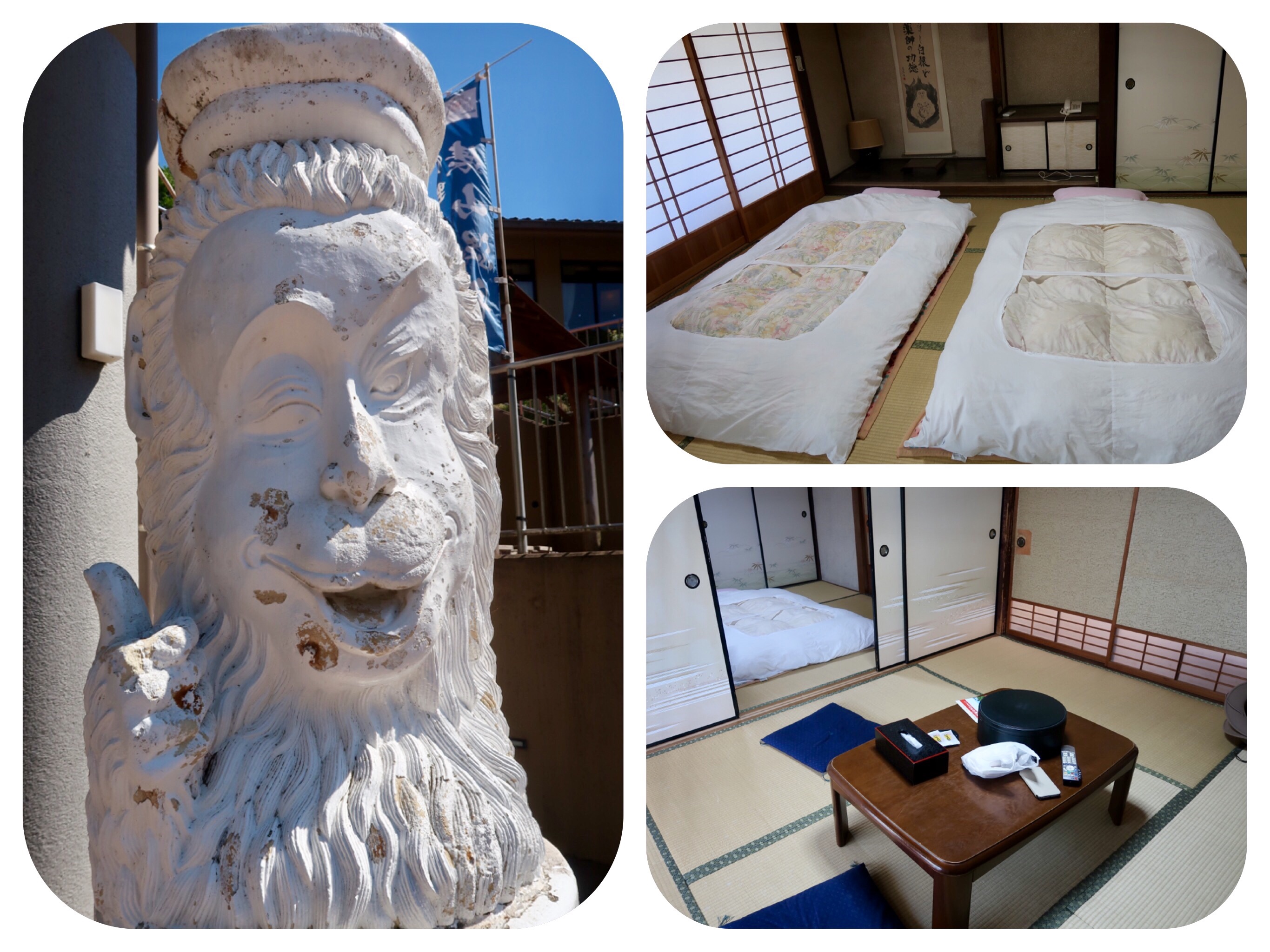
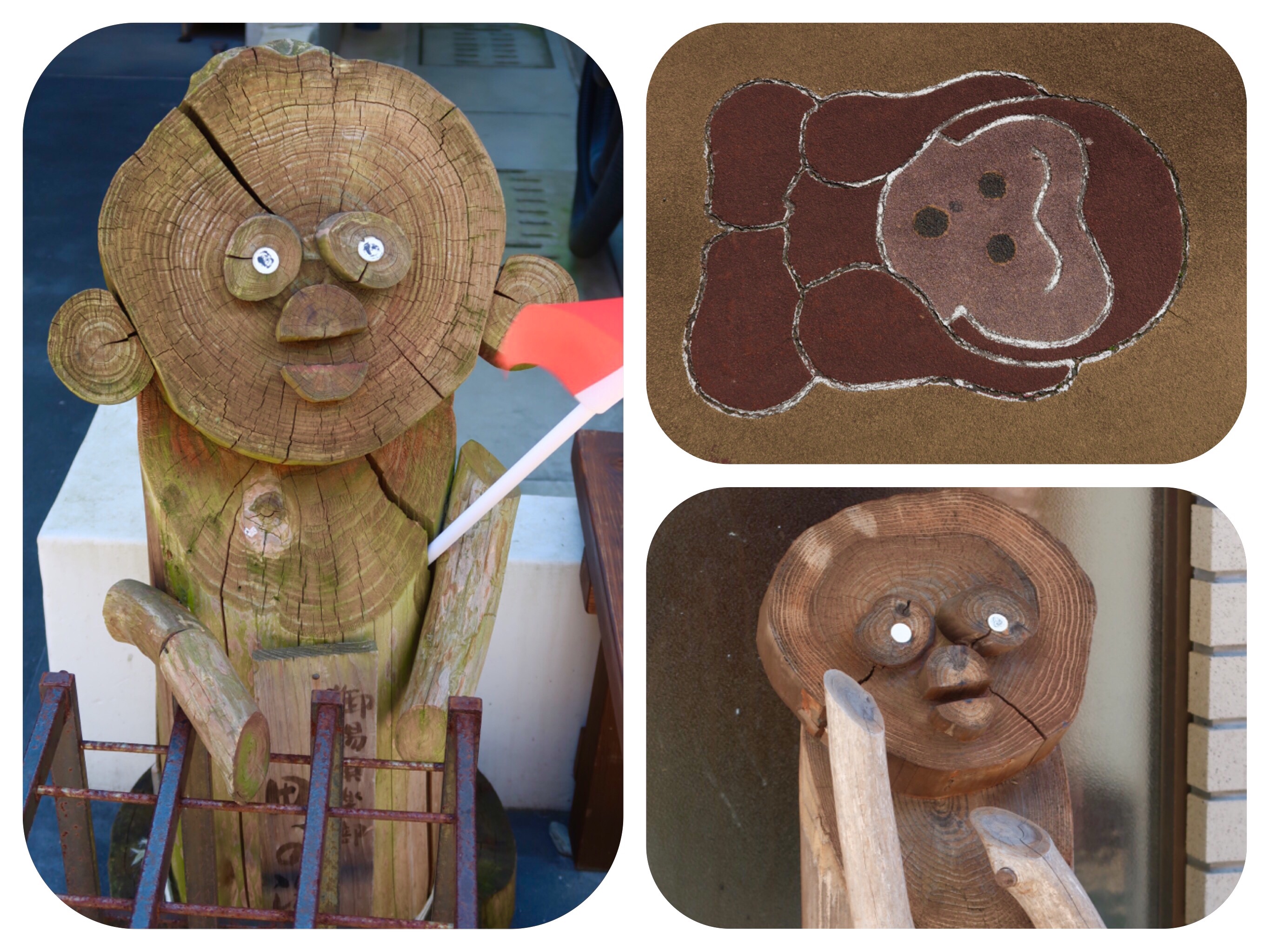

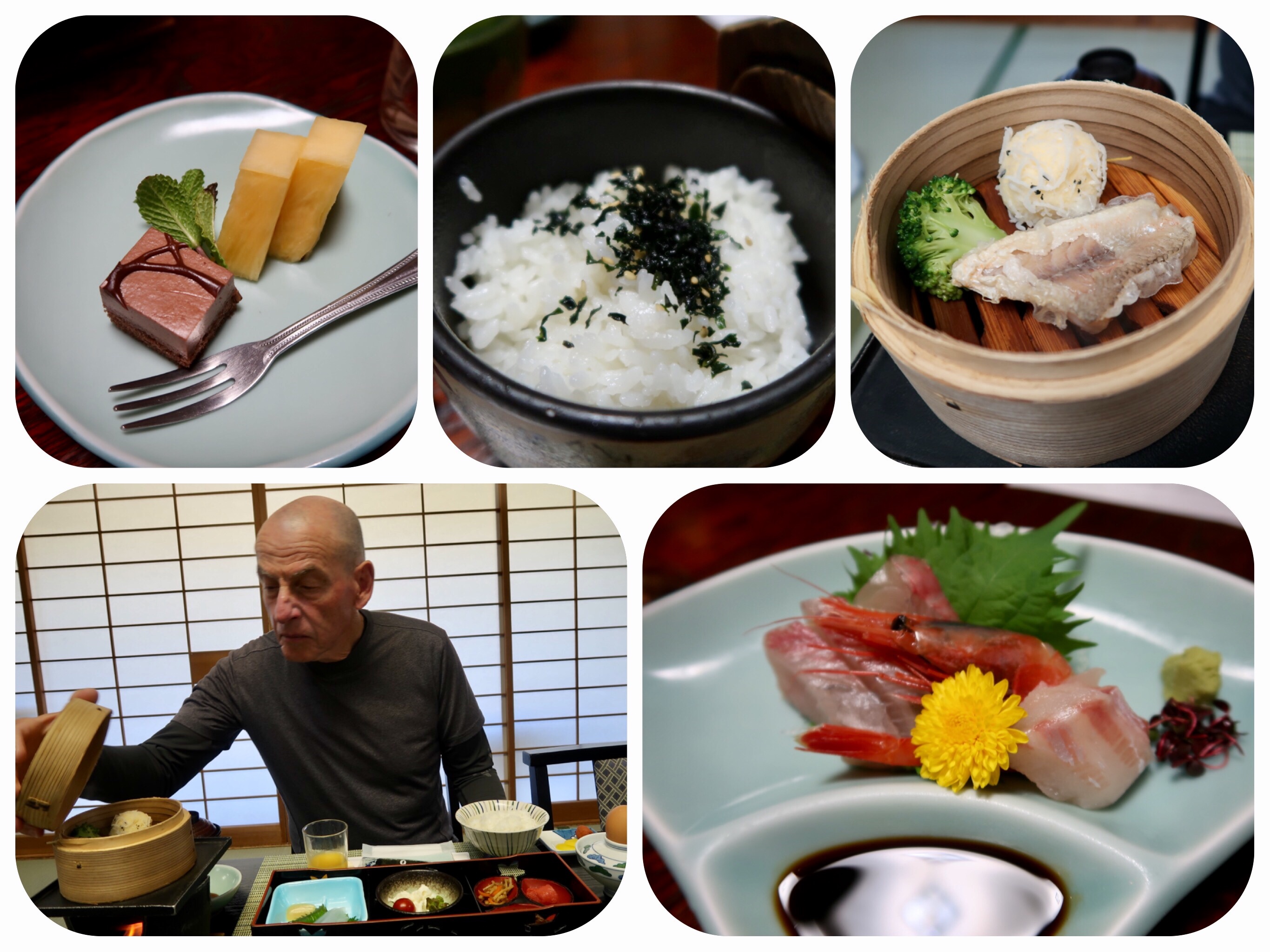
Day 32 - The Chūgoku 33 Temple Kannon Pilgrimage, Japan - Ichinomata Onsen to Tawarayama Onsen in Nagato, a walk through the mountains
If you were to draw an imaginary straight line on the map from Ichinomata Onsen to Tawarayama Onsen, it would seem like such a short distance.
But there is a big mountain between these two spa towns, which leaves you three options for which route to take.
You can choose to walk on the northern, mountainous road that curves and zigzags, approaching Tawarayama from the north, or to take the southern, longer road that passes by the big Toyota Lake, or to go through the mountains, on a narrow forest path that is no longer used by anyone, and hope that it will not zigzag too long, and is in good enough repair to allow you to cross over.
We decided to take the mountain road.
I woke up early this morning, and went straight to the hot springs.
In most hotels, the hot springs are open from the late afternoon until midnight, to allow guests to enjoy the Spa before and after dinner, and then again from 6am until 9AM.
They close the hot springs at 9AM, in order to clean the pools and change the water.
I wanted to enjoy the Onsen one more time before we left.
After a lovely breakfast, while checking out and getting ready to begin our walk, the front desk offered us discount coupons to Safari World, and then gifted us Onsen towels and two onsen soaps, as an Omiyage gift.
They went over our walking route for today with us, and stood at the entrance way, waving goodbye to us until we were out of sight.
For the first eleven kilometers of the walk, we walked through the mountains on very quiet rural roads.
There were some steep climbs as we slowly crossed the hills.
We wanted to find a bench to rest in the shade, but the only one we came upon in three hours was occupied by a big company outing, full of construction workers in uniforms.
We continued walking.
The narrow road started to slowly disappear, until we came upon a sign saying that the road was closed.
We had come too far to go back and we had done too much climbing already.
We decided that the road was only closed to car traffic, because it was no longer being maintained.
But as hikers, even if we came upon fallen trees, we could climb over them and make our way.
If the river was flooded, we could still cross it on foot.
We had only about ten kilometers remaining, to summit the mountain and go down the other side.
We smiled at each other and kept on climbing.
The climb was a challenging one.
The forest had been cut due to pine beetle disease, and there were lots of fallen logs around.
The river runoffs were not cleaned up, and water flooded the path.
The path zigzagged up and up, which slowed down our pace.
We stopped often to catch our breath.
The forest looked devastated with mudslides, fallen boulders and lots of dead trees.
But it was still shaded and pleasant to walk through, and birds sang, butterflies swarmed around and little animals found shelter between the trees.
When it was lunchtime, we sat on the remnants of a concrete retaining wall in the shade, and ate the small bag of nuts we had brought with us.
Then we kept on climbing.
The summit was pretty, with a view of the surrounding mountains.
The descent was long and steep in places.
We emerged from the forests into the farmland on the outskirts of the village.
Tawarayama is a small old hot spring village.
Almost everything, including the two cafés in town, were closed.
It seemed that May was a month when most shops were only open a few days a week.
The main shop in town was open, so we bought some locally made cookies, yuzu lemon juice, and ice creams and sat on a shaded bench to eat and rest.
Then we checked into our Ryokan, an old wooden place right in the center of the small town.
The owner gave us a spacious suite comprised of two tatami mat rooms.
In one, she already placed our futon beds, and in the other she set up a small table, low chairs and a tea set for for us.
Then she walked with us and showed us the two big municipal hot springs that were close to the Ryokan.
We changed into our yukatas, and using her rubber sandals, we walked to the larger municipal Onsen to take our baths.
Tawarayama Onsen was discovered in the year 900 AD.
The mountains were covered by a thick forest, and a local hunter was led to the source of the hot springs by a white monkey.
Legends say that the hunter was led to the hot springs because the Buddha had disguised himself as a white monkey, wanting the people to be healed by the healing waters of Tawarayama Onsen.
The onsen has been cherished for hundreds of years since, as one with particular healing benefits for rheumatism, nerve pain, sore muscles, joint pain, fatigue, and to benefit the general health
Tawarayama Onsen was historically famous enough to be visited by the Daimyo (feudal lords) who came to soak here during the Edo Period (1603-1868).
The hot springs’ water is Alkaline, with a PH of 9.8, and is clear and colorless with a slight sulfuric odor.
The municipal onsen, like this ancient village, was a bit old and thus a bit run down, but the water was soothing and the experience was wonderful.
All over the village, there are reminders of the monkey that helped the hunter who discovered the hot springs.
There are wooden monkeys, Stone monkeys, monkeys painted on the walls and even embedded in the asphalt road.
We were served our dinner in a private room in the nearly empty guesthouse.
The meal included huge snails, conch and a bony lion-fire-fish, which neither of us ate.
We bowed to the fish in gratitude, but closed the lids of the dishes.
But with the steamed rice, pickles, soup, tempura, bamboo shoots and other vegetables, we had plenty to eat.
Both of us felt that although we did not walk very long, it was a tiring day.
It also got cold at night, and it was nice to sleep under the very warm blankets.
This cool weather sadly will not continue.
We have some very hot days coming up in the weather forecast.
Wishing you a million blessings,
Tali
Daily Stats:
Steps: 30,401 steps
Distance Walked: 22 Kilometers
Active Walking: 5 hours
Total Time: 6.5 hours
Total distance walked on the pilgrimage so far: 645 Kilometers
Temple Visited: none
Accommodation: Izumiya Ryokan in Tawarayama, Nagato
A historic Hot Spring guesthouse.
Spacious Tatami mat rooms, serves dinner and breakfast.
Restful and comfortable.
A short walk to the large indoor and outdoor hot springs in town.